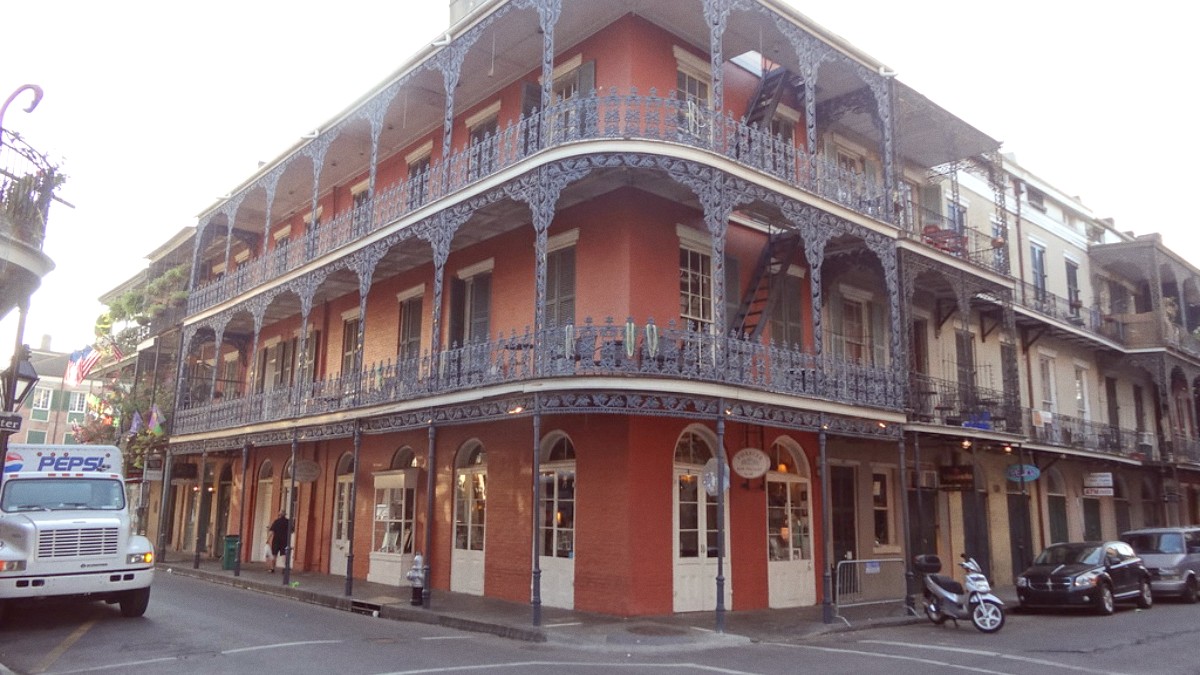
France
Orléans cuisine roots itself in traditional French cooking, demonstrating regional flavors and seasonal produce. The Loire Valley's historical status as a breadbasket means local cuisine focuses on quality produce, river fish, and game from the Sologne forest.
Ingredients from the Loire River like pike (brochet), zander (sandre), and perch feature prominently. Surrounding areas yield game, mushrooms, asparagus, saffron, and fruits. Local goat's milk cheeses also stand out. Flavors are often rich and savory from sauces with butter, cream, and local wines. Fresh herbs like tarragon, chives, and parsley, alongside saffron, scent many dishes.
Classic puff pastry cake with frangipane (almond cream). Savory versions also exist.
Historical quince paste, traditionally sold in small, round wooden boxes.
A coarse-grained pork intestine sausage from nearby Jargeau, with a strong, distinct flavor.
A round puff pastry cake with rich almond cream (frangipane). Find it at good bakeries and pastry shops.
A classic local dessert.
A stiff, translucent quince jelly or paste, sold in small, round wooden boxes. Sweet and fruity.
A unique historical delicacy.
Freshwater fish like pike (brochet) or zander (sandre), often prepared "au beurre blanc."
A local specialty.
Sample local Sauvignon Blanc, Pinot Noir, or Cabernet Franc.
Espresso ("un café"), "café au lait." Macarons, Éclairs, Pain au Chocolat for treats.
Orléans has Michelin Guide restaurants (stars or "Bib Gourmand"). These places offer refined French cuisine with high-quality ingredients. Reservations are , notably for dinner.
Abundant in the city center and Old Town. Options include traditional French bistros, brasseries, and modern French restaurants. "Plat du jour" or "formule" provide excellent lunch value.
Boulangeries (bakeries) are best for fresh bread, pastries, quiches, and sandwiches. Markets offer fresh produce and prepared foods for picnics. Crêperies and Kebab/Sandwich shops present quick and affordable options.
A large, modern indoor market in the city center, open most mornings (Tuesday-Saturday). A wide array of fresh produce, meats, fish, cheeses, and artisanal products. A place to observe local life.
Some stalls also sell prepared foods.
Orléans hosts several outdoor markets. The market on Quai du Roi on Saturday mornings is popular, with local produce, regional specialties, and ready-to-eat items.
A sensory experience, full of local colors and flavors.
Increasingly common in modern restaurants.
Dedicated vegan restaurants are rare; check menus or call ahead.
Growing, but communicate needs clearly; use translation cards.
Pizzerias, Asian, and North African eateries are available.
Limited in mainstream restaurants. Find specific Halal butcher shops or ethnic restaurants catering to Muslim communities. Kosher options are very rare.
Awareness is growing. Some bakeries offer gluten-free bread or pastries, but not everywhere. Clearly explain your allergy to waitstaff.
Less common than in larger cities but may exist seasonally. These usually cover visits to Les Halles Châtelet, local specialty tasting, and perhaps wine.
Online forums, travel blogs, and apps like HappyCow help locate suitable dining establishments.
Some guesthouses or culinary schools in the Loire Valley offer French cooking classes focusing on regional cuisine.
Visit local vineyards in the Orléans-Cléry AOC area for direct cultural experiences and wine sampling.
Some farms specializing in local products like goat cheese or saffron may offer tours or direct sales, for a understanding of local ingredient origins.
Formal community-based tourism initiatives are less common. However, interaction with locals at markets, cafes, or through B&B stays provides authentic cultural insights and personal connections.
Inquire with the Orléans Tourist Office for any recommended local options for cooking classes or specific tours.
Confirm market days and festival dates before your visit.
Browse restaurant menus online to find dishes that appeal to you.
Ask for recommendations for authentic dining experiences.
Engaging with local culinary traditions deepens your travel experience. Be open to new flavors and dining customs.